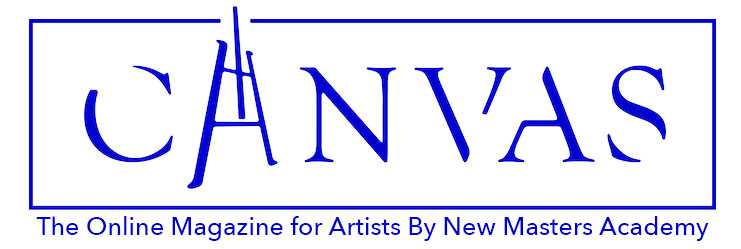The annual exhibition of the BP Portrait Award opened last week in London at the National Portrait Gallery. This year, however, was different. No doors were opened to the public, no private view was held, commemorated instead by the launch of an online virtual tour, enabling anyone with an internet connection to view the exhibition from the comfort of their home.
The BP Portrait Award is open to anyone over the age of eighteen and aims to represent the very best in contemporary portrait painting. Around two thousand entries are submitted each year from all over the world, and around sixty paintings are chosen for the annual exhibition. The first prize is £30,000 and is chosen by the judges. It is often regarded as the most prestigious portrait painting award in the world. A rare chance for artists to gain exposure based on merit alone.
When the National Portrait Gallery opened in 1856, it was the first portrait gallery in the world. With Queen Victoria’s approval, the House of Commons set aside a sum of £2,000 towards the establishment of a “British historical portrait gallery.” The collection consists of portraits of historically important and famous British people, the first acquisition being the Chandos portrait of William Shakespeare. Lining the top floors of the gallery are portrait paintings by John Singer Sargent, Anthony Van Dyck, William Hogarth, Sir Joshua Reynolds, and others. The lower floors are dedicated to contemporary portrait painting, photography, and sculpture, with a collection that changes as rapidly as the pace of London life.

The BP Portrait Award portrays an array of different styles of contemporary portrait painting, where a very traditional style of portraiture will hang beside a hyperrealist painting. It is always an interesting insight into the many facets of contemporary portrait painting happening today.
I have attended the exhibition every year since I was seventeen. At that time, I was on a foundation course at a London art school, frustrated with the lack of training and discouragement towards representational painting. London Galleries became my temples and I would find solace in a room full of contemporary portrait paintings by living artists.
A painting that stood out to me is by Russian artist Sergey Svetlakov titled ‘Portrait of Denis: Actor, Juggler, and fashion model’. The sitter is a struggling actor, looking for work, and as the title suggests, will try his hand at many things to make ends meet. The artist has captured an intent expression; perhaps contemplating where he will find his next work. It is an expression that resonates with many, and I think in particular with other artists. The artist is technically very highly skilled and reminiscent of the Soviet painting style. The painting was awarded second prize by the judges in the amount of £12,000.

Each year a number of artists from the classical ateliers and academies in Florence, Italy are accepted into the exhibition. This year four Florentine artists were accepted; my favorite is by Vanessa Garwood. Her work is particularly interesting to me as we studied at the same atelier in Florence, so I am very familiar with the painting education she received there. Garwood has taken her classical Florentine training and developed a unique, vibrant style. This modern take on classical portraiture is precisely the ethos of the award.

Jamie Routley is another artist who I overlapped with in Florence. He is in the exhibition for the third time with his painting “I do, I undo, I redo’ Nicola Hicks MBE.” The painting is of the artists’ friend, the sculptor Nicola Hicks. The triptych shows her from three angles wearing an apron mottled with clay and plaster. It shows the intimate and physical nature of sculpting; she is almost becoming a sculpture herself. It reminds me of the Triple Portrait of King Charles which was painted by Van Dyck to be used as a reference for the sculptor Bernini. He used the painting to create a marble bust of the king. Routley also offers us three viewpoints of his model, so we feel that we can walk around her, just as we could with a sculpture.

In recent years there has been controversy surrounding the sponsorship of British Petroleum, a fossil fuel company, and a call for the National Gallery to cut ties with them. On the opening of the 2019 BP Portrait award, a judge and several leading artists wrote to the director of the National Gallery calling on it to end its links to BP. Jess Worth, the group’s co-director, said: “Art enriches our understanding and experience of the world. BP, with its plan to invest billions in new fossil fuels, is clearly intent on destroying it.” The decision to remain aligned with BP has already caused the number of annual entries to fall.
Seeing a painting in life is an entirely different experience to seeing it on a screen. The scale is such an important part of the painting, and it’s hard to get a sense of the size of these works from the virtual tour, or a feel for the texture of the surface. However, in these unprecedented times, we are increasingly finding ways to stay connected and creative with the help of technology. There has been a surge in live life drawing classes, online demonstrations, and galleries improving their online experiences in recent weeks. While we cannot get to the galleries in person, we can be there virtually, and at least we can avoid the crowds with this visit to the National Portrait Gallery. Although the experience is diluted, it is accessible to everyone, thus extending its reach. Perhaps it will inspire artists from all over the world to enter a portrait next year and to hope to see their painting hanging together with the great portrait artists of the past and present.



Leave A Reply